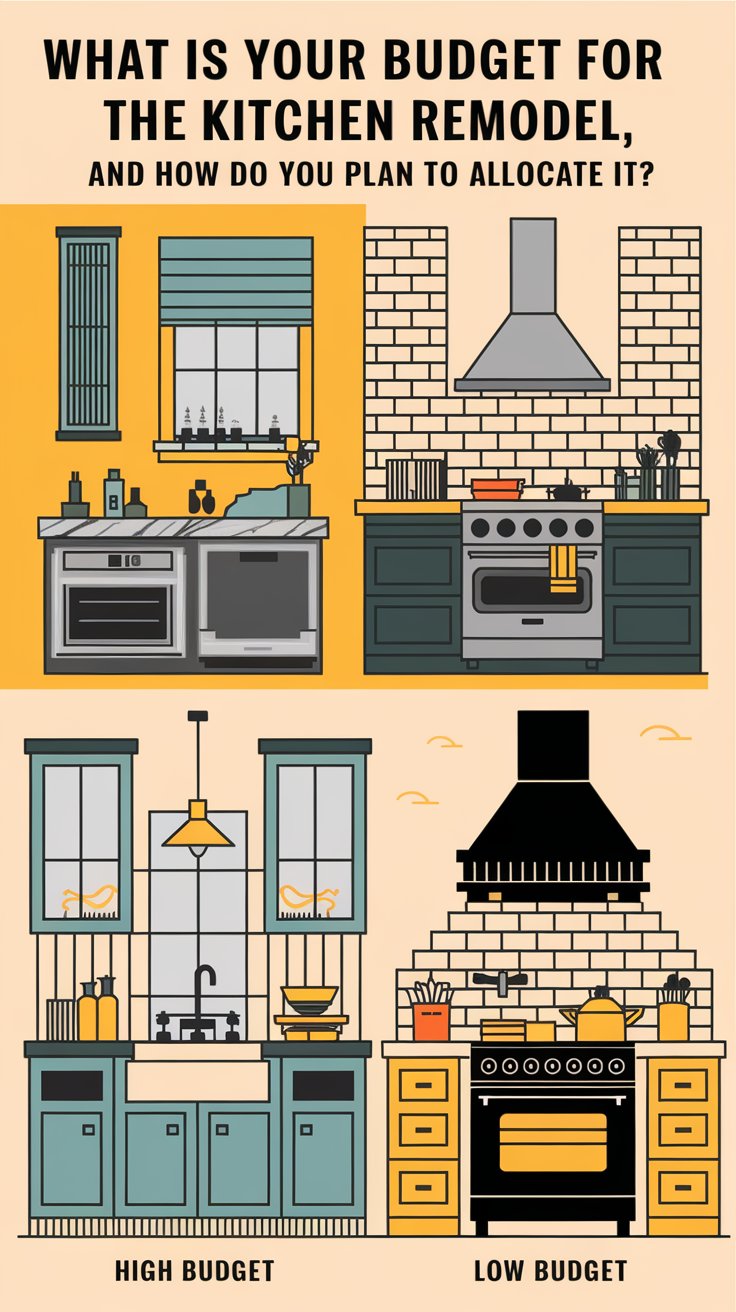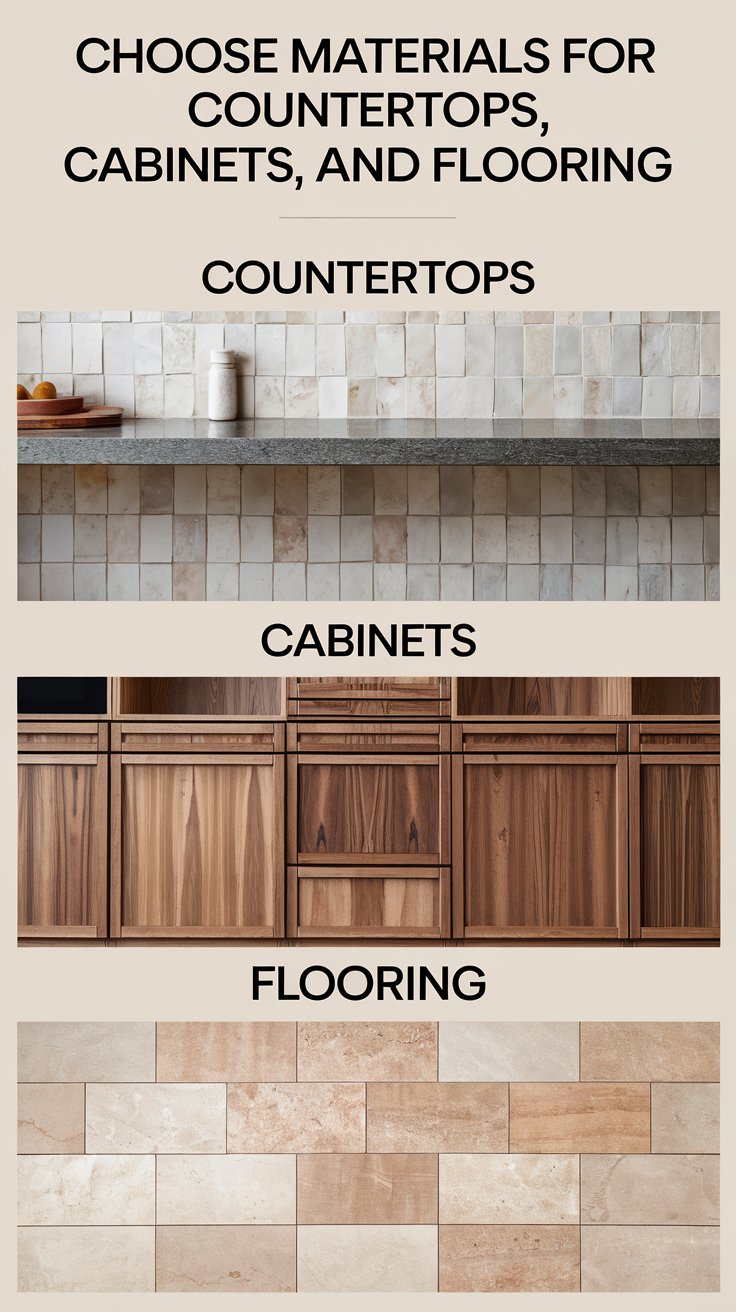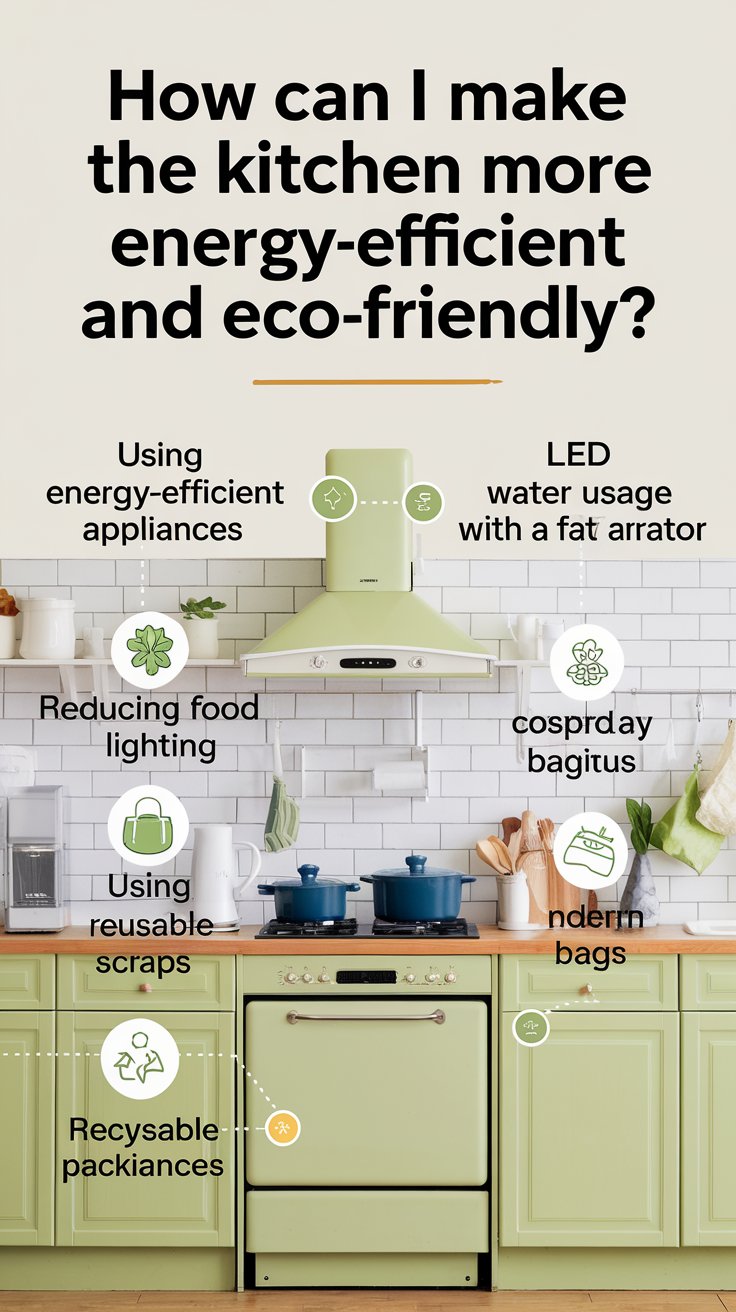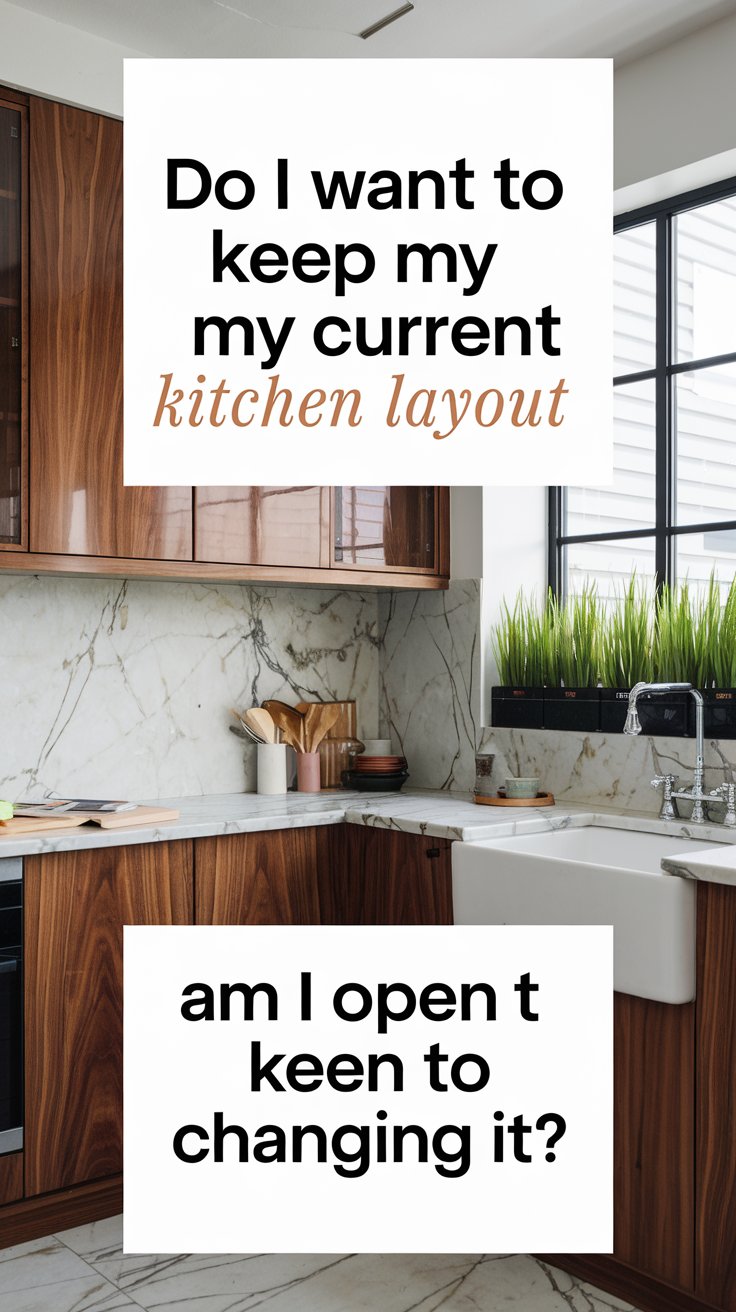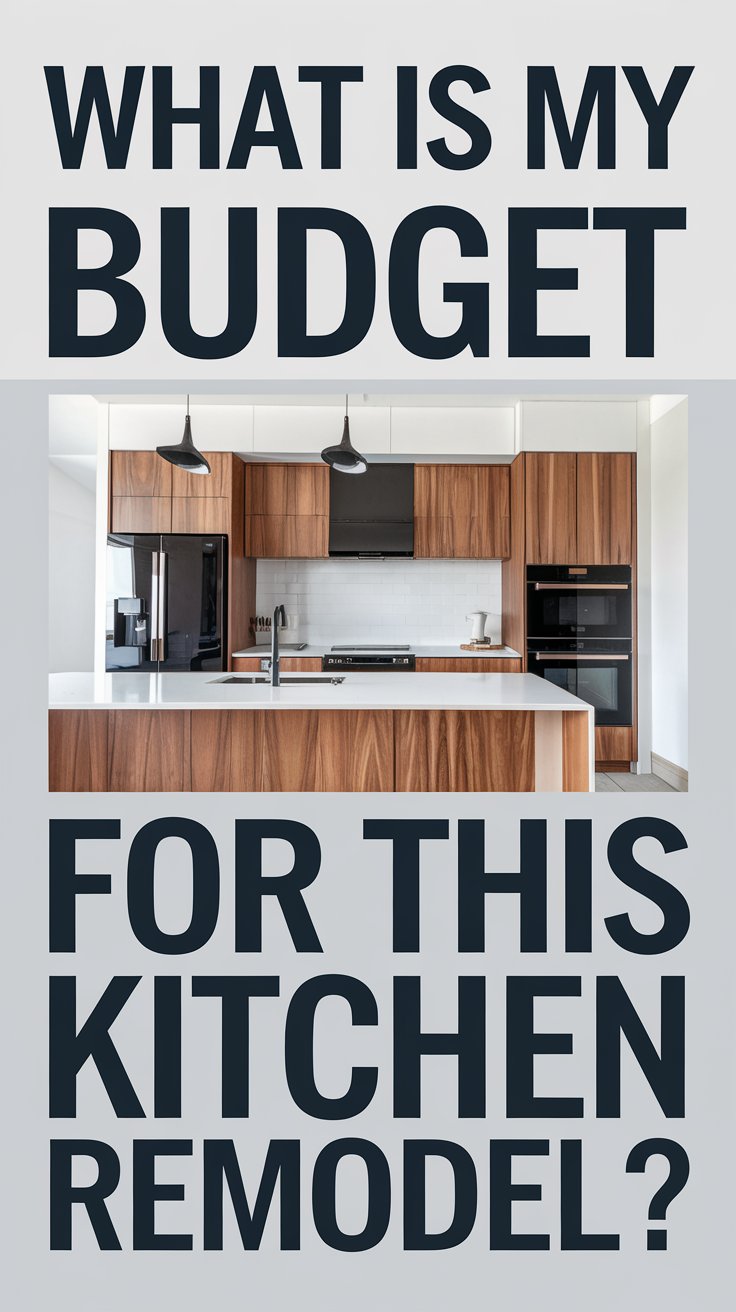Remodeling your kitchen can be one of the most rewarding home improvement projects, but it often comes with a hefty price tag. Establishing a clear budget and strategically allocating it ensures you achieve a stylish, functional kitchen without financial stress. Let’s explore how to define your kitchen remodel budget and break down its allocation step-by-step.
Step 1: Establishing Your Total Budget
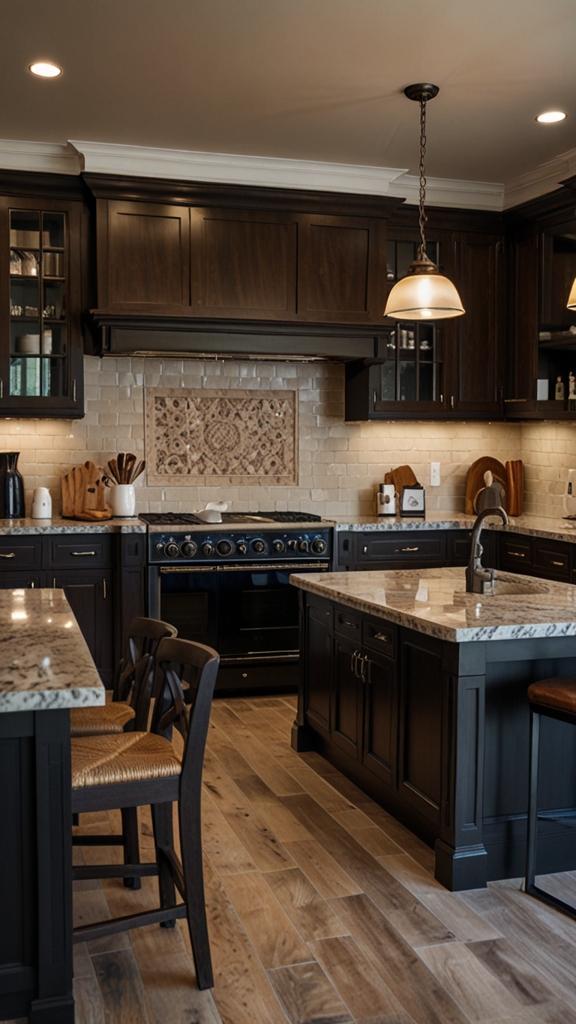
The first step in planning a kitchen remodel is to determine how much you’re willing to spend. According to industry averages, kitchen remodels can cost anywhere from $10,000 to $50,000 or more, depending on the scope of work and your location. A good rule of thumb is to allocate 5-15% of your home’s total value to the kitchen remodel. For example:
- Home Value: $300,000
- Suggested Budget Range: $15,000 to $45,000
If your home is a long-term investment, consider spending closer to the higher end of the range to increase resale value. If you’re preparing to sell, aim for a more modest budget to avoid overspending.
Step 2: Breaking Down the Budget Allocation

Once you’ve set your total budget, the next step is deciding how to allocate it. A typical kitchen remodel budget breakdown might look like this:
| Component | Percentage of Total Budget | Example (on $30,000 budget) |
|---|---|---|
| Cabinetry | 30-35% | $9,000 – $10,500 |
| Appliances | 15-20% | $4,500 – $6,000 |
| Countertops | 10-15% | $3,000 – $4,500 |
| Flooring | 7-10% | $2,100 – $3,000 |
| Plumbing and Fixtures | 5-10% | $1,500 – $3,000 |
| Lighting | 5% | $1,500 |
| Paint and Finishes | 5% | $1,500 |
| Labor and Installation | 20-30% | $6,000 – $9,000 |
These percentages can vary depending on your priorities and preferences. Let’s dive deeper into each category to understand how to make the most of your budget.
Cabinetry: The Largest Expense :
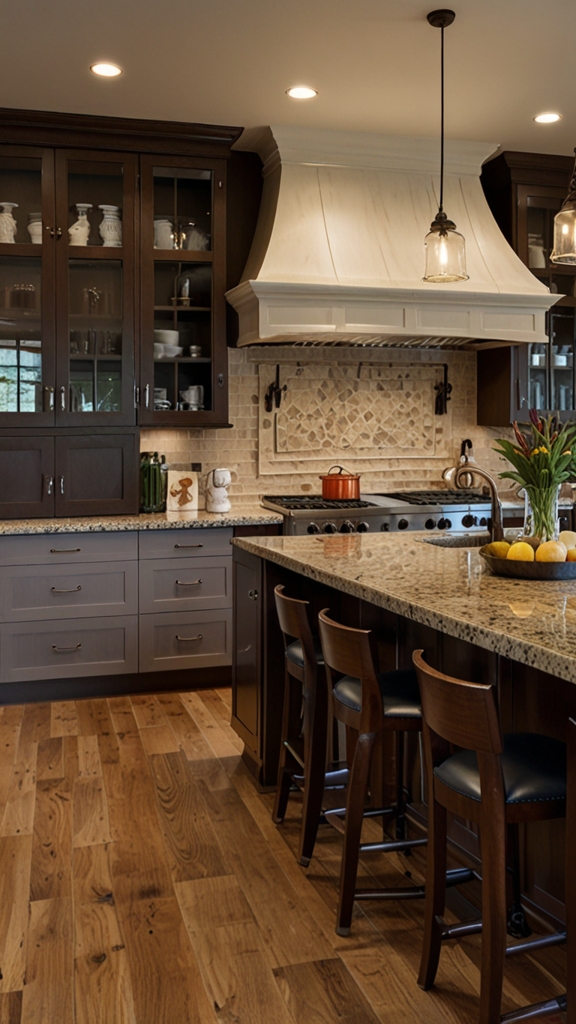
Cabinetry often consumes the largest portion of your kitchen remodel budget, accounting for up to 35%. Here’s why:
- Custom vs. Stock Cabinets: Custom cabinets offer personalized designs and materials but cost significantly more than stock or semi-custom options.
- Refacing vs. Replacing: If your cabinets are structurally sound, refacing them can save thousands of dollars.
Tip: Prioritize durable materials like solid wood or MDF for longevity, and opt for soft-close hinges for a modern touch.
Appliances: Function Meets Style :
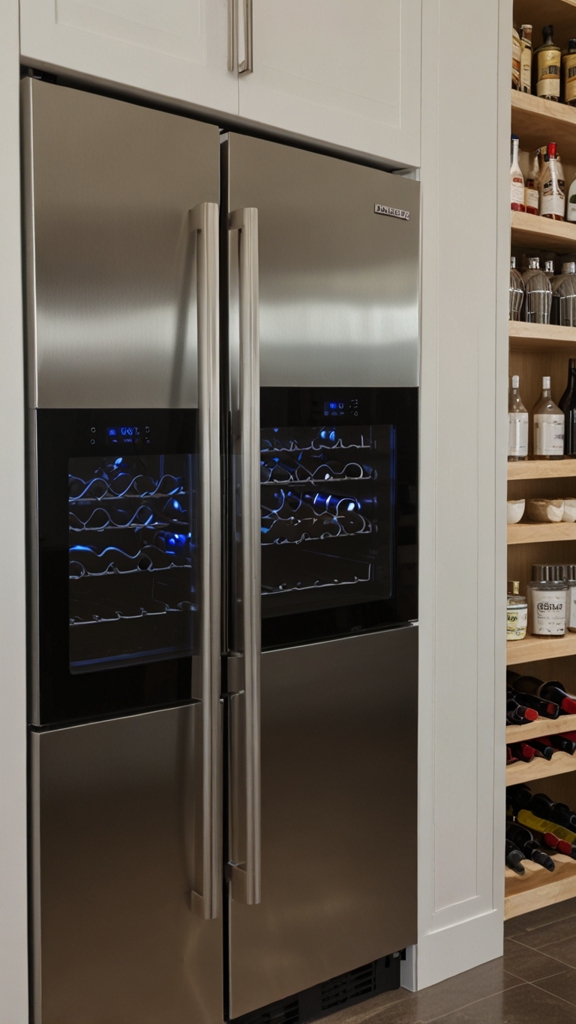
Allocating 15-20% of your budget to appliances ensures your kitchen is both functional and efficient. Consider these factors:
- Essential vs. Luxury: Invest in high-quality essentials like refrigerators and ovens, but think twice about luxury add-ons like wine coolers unless they match your lifestyle.
- Energy Efficiency: Energy Star-rated appliances might have a higher upfront cost but save money on utility bills over time.
Tip: Look for appliance package deals to reduce costs without sacrificing quality.
Countertops: The Heart of Your Workspace

Countertops account for 10-15% of your budget and significantly impact your kitchen’s aesthetic and functionality. Popular options include:
- Quartz: Durable, non-porous, and available in various designs, but it’s pricier.
- Granite: A classic choice with unique patterns, though it requires periodic sealing.
- Laminate: Budget-friendly and available in various styles, though less durable.
Tip: Mix materials—use high-end quartz for main counters and affordable laminate for secondary surfaces like islands.
Flooring: Balancing Durability and Design :
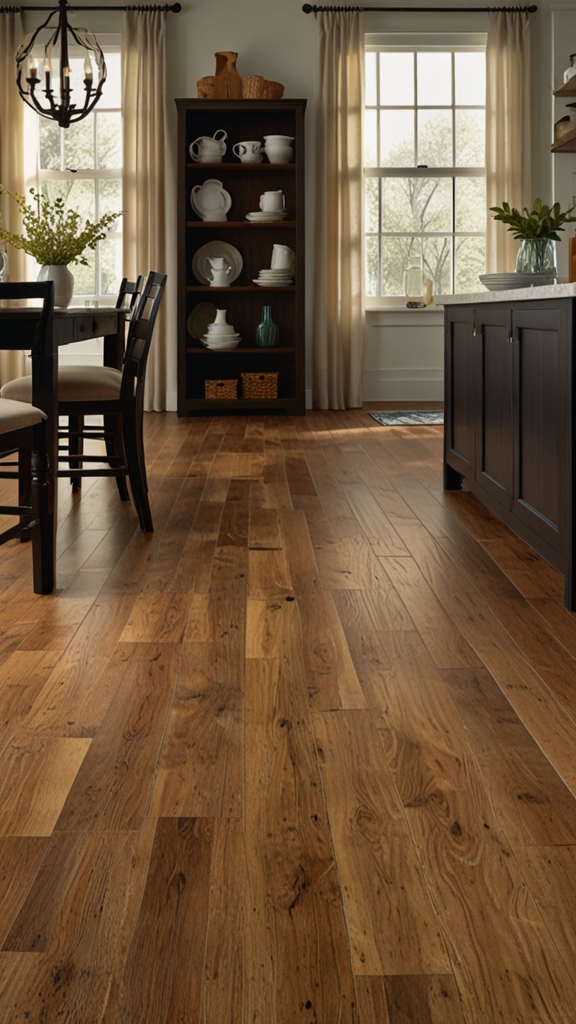
Flooring takes up 7-10% of your budget. Common options include:
- Tile: Durable and water-resistant, but can be expensive to install.
- Vinyl: Affordable, easy to maintain, and available in styles that mimic wood or stone.
- Hardwood: Timeless and elegant but susceptible to water damage.
Tip: Choose flooring materials that complement your overall design and withstand high traffic.
Plumbing and Fixtures: Small Details, Big Impact
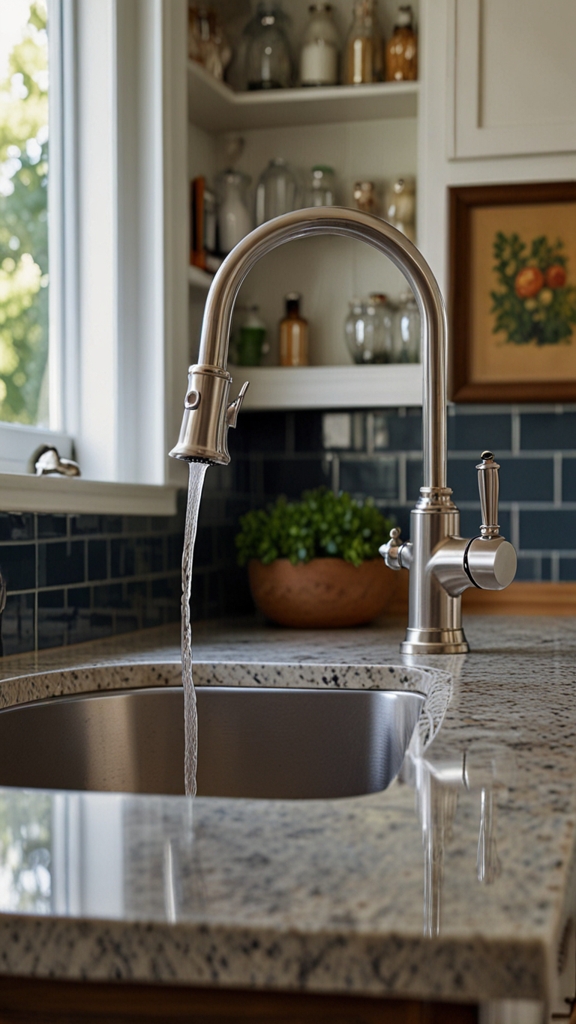
Allocate 5-10% of your budget to plumbing and fixtures. This includes:
- Sinks: Farmhouse sinks are trendy but can be costly; stainless steel is a more budget-friendly option.
- Faucets: Touchless faucets add convenience but come at a premium.
Tip: Upgrade plumbing only if necessary. Reusing existing pipes can save thousands.
Lighting: Setting the Mood :
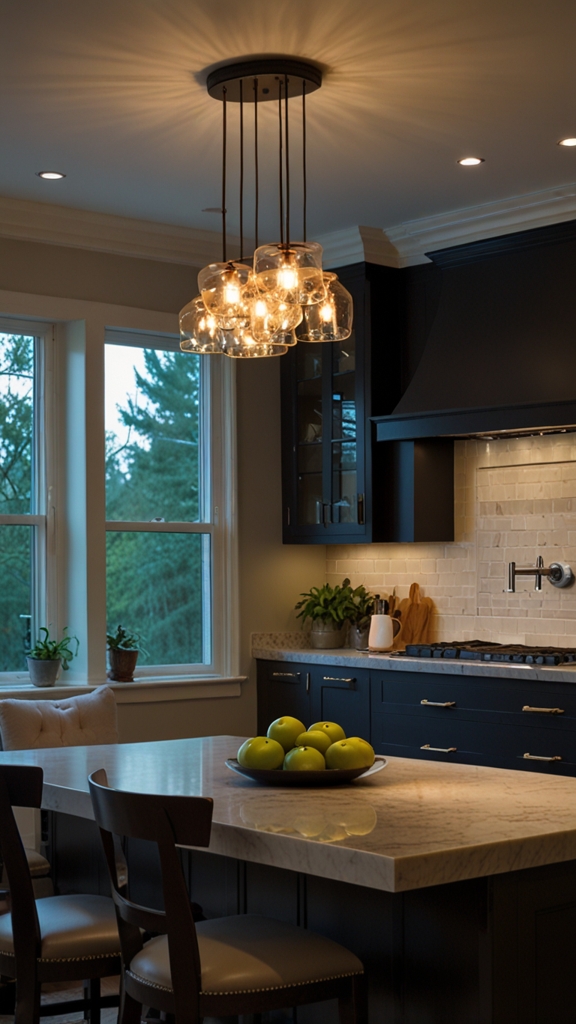
Lighting accounts for about 5% of your budget but greatly influences the ambiance. Consider these layers of lighting:
- Task Lighting: Under-cabinet lighting for workspaces.
- Ambient Lighting: Overhead fixtures or recessed lights for general illumination.
- Accent Lighting: Pendant lights or LED strips to highlight features.
Tip: Use dimmers to create a versatile lighting scheme.
Paint and Finishes: A Fresh Look :

Painting and finishing touches account for another 5% of your budget. This includes:
- Wall Paint: Neutral tones are timeless and appeal to most buyers.
- Backsplashes: Tile or glass backsplashes can act as a statement piece without breaking the bank.
Tip: DIY painting can save labor costs if you’re comfortable with it.
Labor and Installation: The Hidden Costs :
Labor and installation typically take up 20-30% of your total budget. This includes hiring contractors, electricians, and plumbers. Factors to consider:
- Complexity: Custom designs and structural changes increase labor costs.
- Permits: Check local regulations to see if permits are required, which can add to the expense.
Tip: Get multiple quotes and read reviews before hiring professionals to ensure quality work within your budget.
Tips for Sticking to Your Budget :
- Prioritize Needs Over Wants: Focus on functional improvements before luxury upgrades.
- Plan for Contingencies: Set aside 10-20% of your budget for unexpected expenses.
- Shop Smart: Look for sales, discounts, and second-hand options for items like cabinets or fixtures.
- DIY Where Possible: Tasks like painting or installing backsplash tiles can be done on your own to save money.
Conclusion :
Setting a clear budget and thoughtfully allocating it are crucial steps in a successful kitchen remodel. By understanding average costs and prioritizing your spending, you can create a beautiful, functional kitchen that fits your lifestyle and financial goals. With careful planning and smart decisions, your dream kitchen is within reach—all without breaking the bank.

